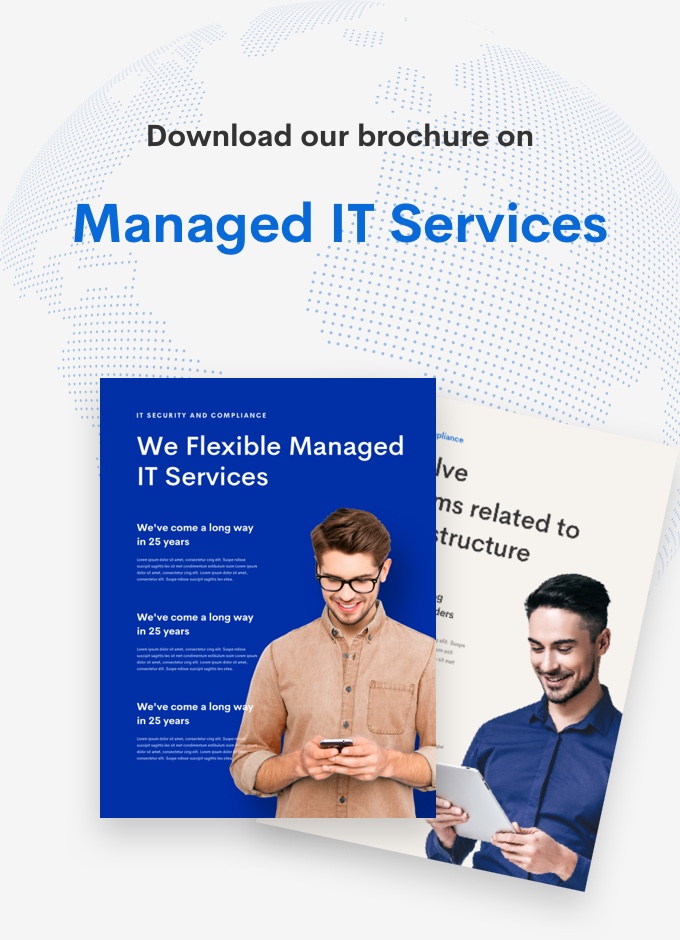What Are The Latest Trends In E-commerce Development?

What Are The Latest Trends In E-commerce Development?
If we know anything about the ecommerce market, it is that it keeps looking ahead. From generative AI and artificial intelligence to chatbots, the sector is on the cutting edge of technological breakthroughs. This blog will cover all the latest trends in e-commerce development and upcoming predictions.
Over the previous ten years, the ecommerce sector has developed at an exponential rate. The ecosystem has grown more complicated as company models evolve and new ecommerce trends emerge.
However, as many businesses discovered, growing a company’s digital footprint or focussing more on its online store did not ensure profitability. In what McKinsey calls “the e-commerce catch-22,” several merchants with considerable ecommerce sales growth in 2020 and 2021 saw their profits fall.
Latest Ecommerce Development Trends In Pakistan
As data collection tactics evolve and new technologies emerge, ranging from AR 0.0% to IoT to generative AI. These advancements have the potential to significantly improve the online buying experience, making it more intuitive.
Approximately half of digital shoppers choose one-of-a-kind offerings. A fifth note expresses a desire for more personalized purchasing experiences.
According to HubSpot’s State of eCommerce Report, 77% of online customers desire the opportunity to personalize their buying experience, highlighting the need for flexibility in eCommerce trends.
Enhance customer experience with 2024’s top e-commerce trends in AI, AR, and mobile commerce to drive conversions.
AI and Machine Learning in eCommerce
According to a Forbes Advisor poll, 64% of business owners think AI would boost customer connections. The same number believe that technology will boost productivity in their organizations. There are still reservations about its use, as it is frequently viewed as a way to replace human workers.
Questions persist about where technology is going. It is always learning, thus algorithmic biases that promote inequality and inaccurate information are always possible.
The primary benefit of AI is frequently viewed as assisting companies in better understanding their target clients. It is certainly effective at analyzing past purchases, and a variety of other facts in order to provide personalized shopping experiences on a large scale.
However, AI can be equally advantageous on the backend, offering everything from cost savings and improved resource allocation to increased efficiency and productivity.
Also Read:How To Create a TikTok Agency Account? A Complete Guide
Take pricing techniques as an example. AI eliminates the guesswork by taking into account demand patterns, seasonal swings, and other factors to determine the best price for whatever you’re offering on your e-commerce store. In fact, you can even employ more flexible pricing strategies, as AI can help predict ideal discounts throughout the year.
If you want to provide the greatest possible shopping experience on your ecommerce website, consider the different advantages of artificial intelligence and machine learning. It can assist you in making better use of your consumer and business data in order to develop a viable future strategy.
Personalization and Customer Experience
Ecommerce personalization is about presenting a consumer with the right offer and information at the right moment. This will maximize conversions and provide a smooth shopping experience. The goal is to be as targeted to the consumer as possible to generate a conversion. You can achieve this sort of customer experience by;
- If users’ interest-based products are presented in their feeds, there are higher chances of buying them.
- Use email marketing campaigns to target audiences.
- Design and layout of your ecommerce website
- The general tone and messaging of a brand matter a lot.
Many major ecommerce metrics, including conversions, average order value, and revenue growth, improve with personalized experiences. Personalization provides such a significant improvement to the customer experience that many customers are starting to expect it.
In other words, Facebook, Amazon, and Google have spoilt us such that we expect high personalization wherever we go online. Most websites require optimization before personalization can be used effectively.
Finally, personalization makes sure that each customer has a unique experience on your website. Once a website visitor has been successfully segmented, active customization starts.
Mobile Commerce
Mobile commerce or m-commerce makes it easier for online buyers to buy products in their free time while it also permits businesses to reach out to new customers and sell to them across different devices. This is one of the hottest trends in ecommerce development worldwide.
M-commerce is expected to make up for 44.6% of total US retail ecommerce revenues in 2024. To remain competitive in the present commercial scene, your company has to cash in on this e-commerce trend.
Wireless content distribution has improved over time in speed, protection, and scalability. As a result, m-commerce has rapidly expanded. When considering mobile commerce apps for these trends, keep an eye on your customers. Where do they spend their time? How do people engage with your e-commerce website? Are there any mobile commerce examples you can follow and apply? Allow genuine market research on your customers to inform your mobile optimization and marketing efforts!
Augmented Reality (AR)
AR is known to increase engagement by 200% compared to non-AR approaches.
Online retailers are experimenting with augmented reality to improve the customer purchase experience by creating new and exciting platforms.
While Snapchat has pioneered integrated AR experiences meanwhile other social media apps have increased their in-app shopping capabilities. TikTok debuted a tool with Shopify last year which helps users to shop directly from videos and business profiles.
AR experiences that allow customers to visualize things have the potential to transform the social commerce landscape for firms targeting tech-savvy consumer populations.
To appeal to younger customers, IKEA has its very own AR-powered home design app, IKEA Studio created a shoppable AR “escape room” game. This allows users to click across to shop for the exact things they were trying to get away from the virtual space.
AR in e-commerce has several advantages, ranging from increased consumer engagement and sales to delivering a unique and better purchasing experience. The technology’s quick adoption and market growth indicate a substantial shift in the retail industry, making augmented reality a crucial tool for firms seeking to innovate and remain competitive in the digital marketplace.
Sustainability in E-commerce
The word ‘ecommerce’ refers to businesses that buy and sell products and services online; ‘sustainable ecommerce’ is a method of doing so with minimal environmental effect.
Ecommerce sustainability often means a commitment to ongoing development and discovering novel methods that balance economic growth with environmental responsibility and social equality. The development of the reliable consumer is beginning.
While online buying is not necessarily beneficial for the environment, there are several methods for businesses to lessen their environmental effect by transitioning to sustainable ecommerce.
Eco-friendly packaging and ethical labour practices are all examples of activities that contribute to commercial sustainability. Businesses that focus on these practices may significantly decrease their carbon footprint and help to create a more sustainable future.
Switching warehouses to renewable energy is cost-effective for enterprises, especially if they rely on solar power.
Summary
Going through this article will definitely have given you some new trends in e-commerce to follow and generate new leads.
In modern nations such as China, new ecommerce trends have emerged rapidly. In less than five years, live commerce in China developed into a channel through which two-thirds of the country’s consumers purchased a product within a year.
According to the IBM Institute for Business Value, just 14% of 20,000 consumers polled in 26 countries were happy with online purchasing.
Most businesses are no longer satisfied with just listing things from a physical store on an ecommerce platform or allowing interfaces with PayPal.
Every business owner want to increase their sale by enhancing user experiences and integrating latest e-commerce trends and for that they need reliable partners such as HA-technologies.
Commonly Asked Questions
How is ecommerce transforming the world?
Ecommerce helps companies to expand quickly and optimize operations by automating procedures, optimizing inventory management, and using data analytics to make sensible choices.
How can you boost the number of units per transaction in e-commerce?
To boost UPT, online businesses can prioritize customer pleasure and loyalty by providing discounts, promotions, and loyalty programs. Additionally, shops should develop compelling marketing efforts and ensure that the checkout experience is swift and simple.


